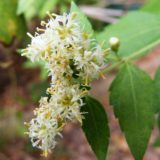Plants That Were Used as Medicine
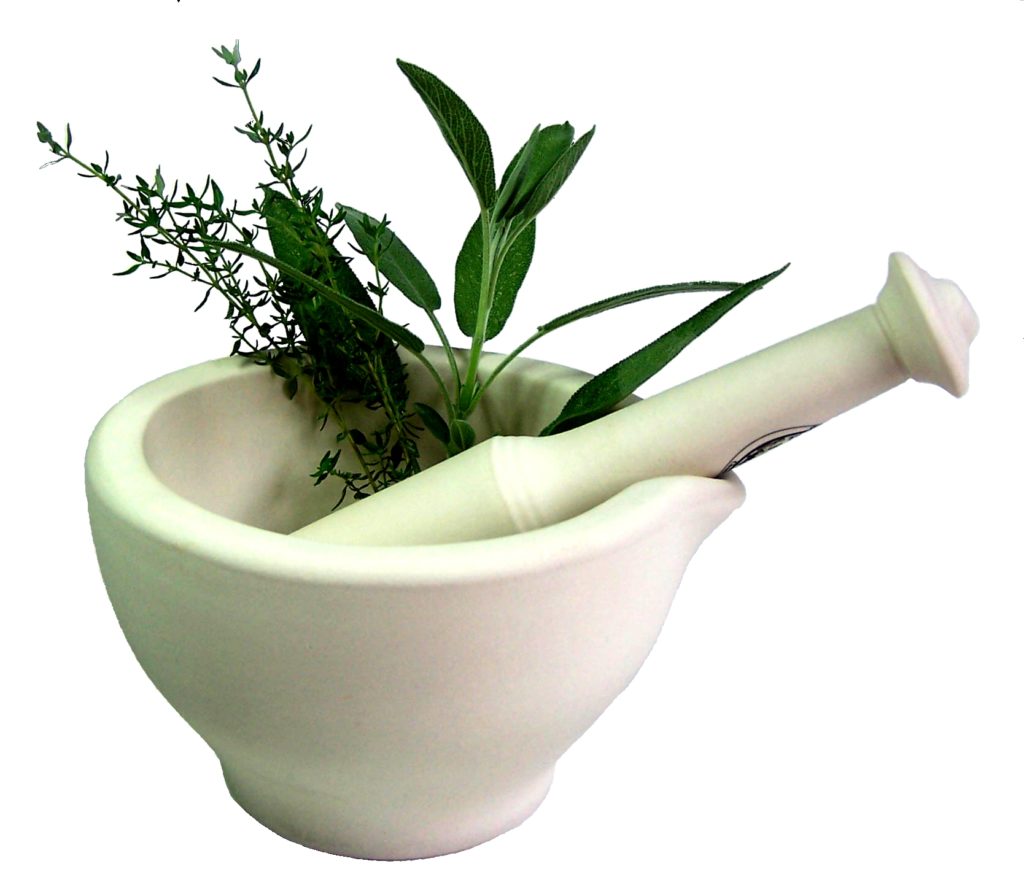
Natural Tribal Medicine: Organic Remedies Using Plants
The use of psychoactive plants in tribal or ancient medicine is pretty prevalent by shaman and medicine men of the times. Even today, the psychoactive properties of countless plants have been exploited (extracted, technically) and served up to the medical community in order to treat, diagnose or otherwise help with infinite ailments. In all regions of the world, plants have been administered to assist in all sorts of medicine. In fact, many people are surprised to realize some of the plants found in their flower bed, or some of the herbs on their dinner plate, have been used medicinally by tribes around the world for centuries (sometimes thousands of years). Even some of the most intense hallucinogens have been used for medicinal purposes. There are all types of plants that have been used by tribes as natural remedies for many ailments and diseases for as long as man and plant have coexisted (forever).
List of Medicinal Plants Used By Tribes
Although there is a plethora of plants that have been used by medicine men, shaman, and tribes throughout history, these are some of the most effective and interesting. Some of them are hallucinogens, others provide merely psychoactive effects. Most of these plants are capable of providing medicinal effects when properly administered without inducing any hallucinations.*
Angel’s Trumpet (Brugmansia arborea)
This plant is one of the most versatile psychoactive plants known to South American tribes. It has been used for many things, but in terms of medicine it has been used as a strong sedative, and also as a solution for recalcitrant children. Angel’s Trumpet was used in many tribes to subdue children who were bad and out of line.
 Badoh Negro (Ipomoea violacea)
Badoh Negro (Ipomoea violacea)
This plant grows in Mexico and was very common among the Aztec culture for a variety of purposes. Besides being a powerful hallucinogen, it was also used in shamanic curing rituals.
Bakana (Coryphantha compacta)
Also known as Piule, this cactus is known by the Tarahumara Indians of Mexico for its powerful spiritual properties. It is also used by their tribal shaman as a medicine for many purposes.
Bakana (Scirpus sp.)
Sharing the same name as another psychoactive plant (the cactus previously mentioned above), and also being employed by the same tribe (the Tarahumara), this plant’s history and usage can be easily confused or misinterpreted. However, Bakana played a strong role in the tribes historical medicine and is considered a sacred plant.
Cawe (Pachycereus pecten-aboriginum)
Cawe is also known as Wichowaka and is also employed by the Tarahumara Indians of Mexico. This cactus has been used by the medicine men of the tribe for several remedies.
Chiricaspi (Brunfelsia chiricaspi)
This plant is native to Colombia, Ecuador, and Peru. It is known to the natives of the area as “the intoxicator”, or the “cold tree.” It has been used in a number of religious-medicine ceremonies and is especially popular in Kofan medicine (Indians native to Colombia) and the Jivaro (Indians of Ecuador).
Colorines (Erythrina americana)
Colorines, also known as Chilicote, produces beans which are held sacred by the Tarahumara. They have also been consumed as a drink for the hallucinogenic properties, both for recreation and for medicinal purposes within the tribe.
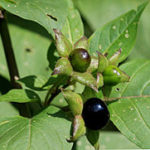 Deadly Nightshade (Atropa belladonna)
Deadly Nightshade (Atropa belladonna)
Deadly Nightshade is a well-known hallucinogen and psychoactive plant throughout Europe in the Middle Ages. In fact, it has a very rich history of being used for many purposes. Although some parts of European cultures have always used this nightshade for medicinal purposes, it has only truly begun to be exploited in modern times (for its medicinal properties).
Epena (Virola calophylla)
Epena is native to South America and has a large number of species. Some of the species are more important than others, but most of them seem to have some value to the medicine men or shaman of the various South American tribes.
Ereriba (Homalomena sp.)
Ereriba is a plant native to New Guinea. Although this plant creates hallucinogenic dreams, the leaves are eaten with components of another plant (Agara), to create a natural remedy. This traditional medicine has been practiced by the natives of Papua for potentially thousands of years.
Ergot (Claviceps purpurea)
It has been suggested that ergot has been medicinally used dating as far back as ancient Greece. There is also strong evidence of medicinal use throughout the Middle Ages. It has been used as a strong vasoconstrictor. It can also induce contractions of involuntary muscles, thus being used very frequently during childbirth by midwives of the Middle Ages. The alkaloids are the basis of many important medicines used today as well.
Fang-K’uei (Peucedanum japonicum)
Fang-K’uei is a Chinese plant that has been employed medicinally throughout the years. Typically it is the root of the plant that is regarded as medicinal in value.
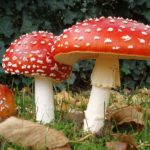 Fly Agaric (Amanita muscaria)
Fly Agaric (Amanita muscaria)
The Fly Agaric mushrooms are probably the drug that ancient India referred to as “Soma.” It was taken very famously by the Aryans and is one of the oldest psychoactive plants used by man. Besides being used for a number of religious ceremonies, these mushrooms were implemented for their medicinal properties in many healing rituals.
Galanga (Kaempferia galanga)
Galanga is a commonly used hallucinogen in New Guinea. It is sometimes used as a aphrodisiac, and intoxicant, but also as a strongly aromatic condiment. Its most important value, however, is most certainly throughout New Guinean folk medicine.
Genista (Cytisus canariensis)
Genista grows in the Canary Islands and was incorporated into American cultures. It became very popular among the Yaqui Indian tribe of Mexico and has also been used heavily throughout Native American Indian tribes. Its most popular use is among medicine men to create a variety of hallucinogenic tonics.
Koribo (Tanaecium nocturnum)
Koribo is used most heavily by the Karitiana Indians (native to Amazonian Brazil). It has a special place in folk medicine within the tribe. It is also considered sacred by the Choco Indians of Colombia.
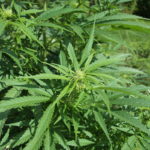 Marijuana (Cannabis sativa)
Marijuana (Cannabis sativa)
Although the topic is controversial to some, cannabis is considered by many to possess medicinal properties. In fact, there are religious and medical literature dating back as far as more than 4000 years ago suggesting marijuana has been used in a medicinal sense. The Indians, the Thebes, the Scythians, the Chinese the Greek, middle eastern countries, numerous other Asian cultures, and Indian tribes around the world have accepted some positive medicinal value from marijuana.
Paguando (Iochroma fuchsioides)
Paguando is well known by the Subundoy Indians of Colombia and the Kamsa Indians of the Andes. The shaman of the tribes use this plant as a sort of “last resort medicine.” It has been suggested to be used as an herb that helps shaman diagnose medical illness, and aid in the curing process. It is typically only used when there are no other medicines or options…hence being referred to as a last resort.
Saguaro (Carnegiea gigantea)
Saguaro is a cactus that grows native in the United States and Mexico. It has been a well-known and truly important medicine for Indians within these regions. The Seri Indians, for example, consider it a very effective treatment for rheumatism.
 Sanango (Tabernaemontana coffeoides)
Sanango (Tabernaemontana coffeoides)
This plant comes in many varieties of genus and species. They are all used by shaman and medicine men for a variety traditional Indian remedies. It is native to South America, Africa and India, making the medical practices employing the plant quite diverse.
San Pedro (Trichocereus pachanoi)
San Pedro is one of the most important hallucinogens of the cacti, however, it is also an important medicine for Indians of South American tribes. Shaman would use San Pedro to help diagnose disease.
Screw Pine (Pandanus sp.)
The Screw Pine Plant is native to New Guinea and has been used by many for its powerful hallucinogenic effects. It is also used by shaman in New Guinean tribes for its strong medicinal effects, and has a special place in New Guinean folk medicine.
Shang-la (Phytolacca acinosa)
Shang-la has been used by the Chinese for thousands of years. It is a big part of Chinese medicine and both the flowers and the roots are used. The flowers can be used for treating apoplexy. The roots are used for external use.
Sweet Flag (Acorus calamus)
Sweet Flag is a common Indian remedy for toothache, the rootstalk being chewed. It can also help cure headaches and treat asthma. It is very common among the Cree Indians of Canada.
 Syrian Rue (Peganum harmala)
Syrian Rue (Peganum harmala)
This plant is native to the Asia Minor and India. It has a lot of religious significance within tribes of the areas and has been known as a hallucinogen and aphrodisiac. It is also a common incense. The Indian drug Harmal is made from the seeds. Syrian Rue has a strong history in folk medicine throughout the area.
Taique (Desfontainia spinosa)
Taique is a strong hallucinogen and intoxicant known throughout Chile and Colombia. The Kamsa Indians use the leaves and fruit to make a tea that diagnoses disease. There are some other tonics which are made by medicine men of the tribes involving the plant as well.
Toloache (Datura innoxia)
This plant is native to Mexico and Southwestern United States. The Aztec, Zuni, and a number of other Indians in the area have used Toloache for a variety of medicines. It has been used as an analgesic. It can also act as a poultice, to help heal wounds. Toloache is considered a sacred, religious plants by many of the tribes and is employed as a hallucinogen.
Tupa (Lobelia tupa)
The Tupa plant i also known as Tabaco del Diablo. It is native to South America and is very popular among the Andean Indians. It is written about in much of the ancient medicinal documents of the area and has strong prevalence in the region’s folk medicine.
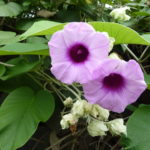 Wood Rose (Argyreia nervosa)
Wood Rose (Argyreia nervosa)
Wood Rose is very popularly mentioned throughout ancient Ayurvedic medicine. It has a variety of purposes, being able to make many medicinal tonics. It can be used as an aphrodisiac, to increase intelligence, and to slow down aging. Wood Rose is one of the few effective natural anti-aging plants.
Yun-Shih (Caesalpinia sepiaria)
This plant is native to China, Tibet and Nepal. It has a lot of history being used as a medicine in the tribes and among the natives of the area. It is an intoxicating plant, and medicinal properties can be found in the roots, flowers and seeds alike.
Final Words on the History of Plant Use in Tribal Medicine
The truth in regards to the medicinal uses of plants is that the potential has barely even been breached. There are so many plants which have yet to have been discovered and fully analyzed. The lexicon of plants which does exist has not even yet been fully analyzed itself. Most of the medicinal uses extracted from natural plants has come from the knowledge of the traditionally use contributed by these tribes. After all, the shaman of yesterday truly have ultimately paved the way to the medicine of today.
*Disclaimer: BotanicalShaman.com is not a medical practitioner, medical service, or other medical professional (and neither is the author). The information provided here is for educational purposes only and should not be misconstrued as medical advice.

